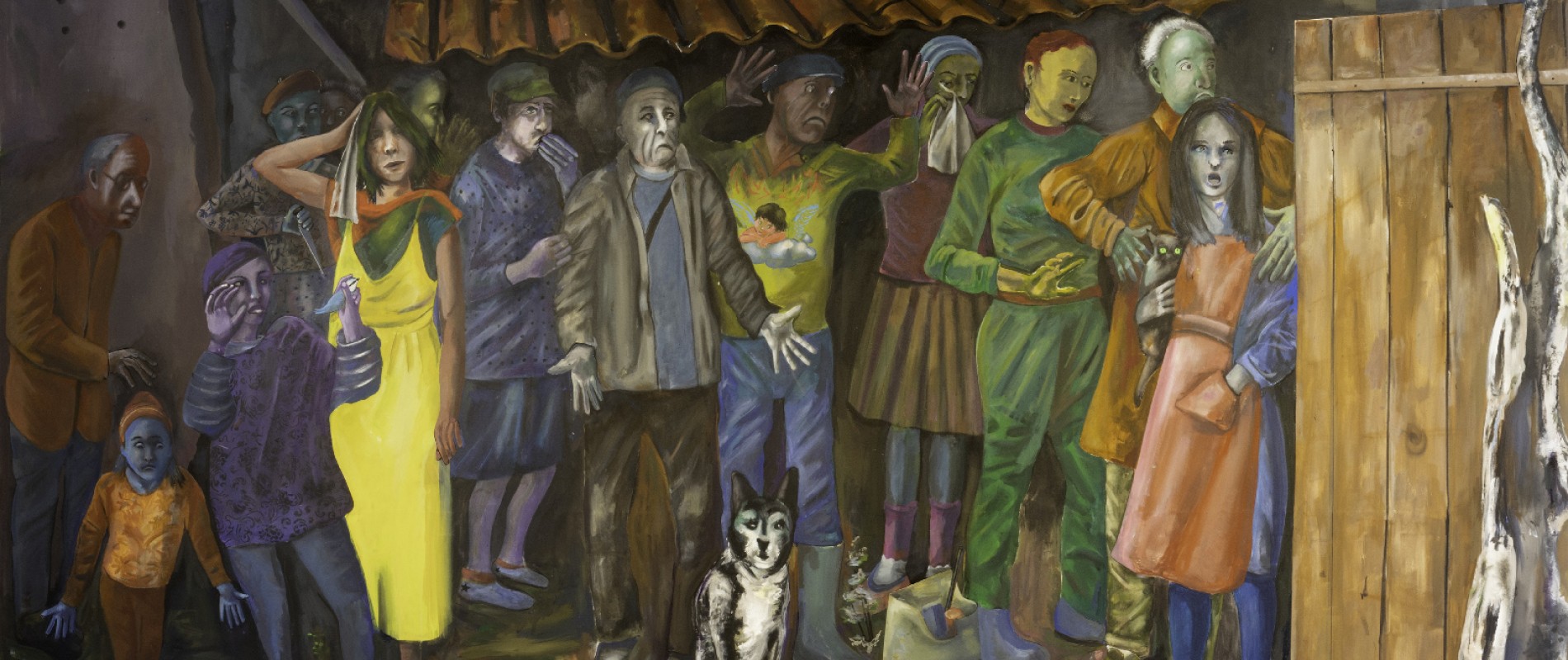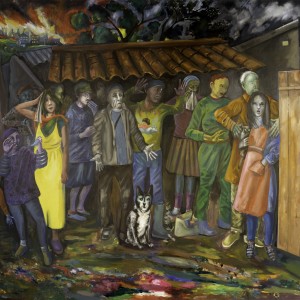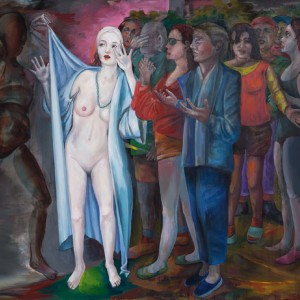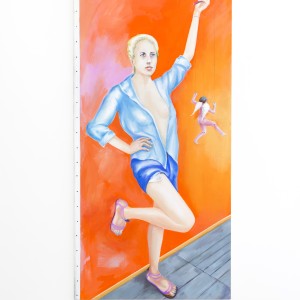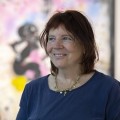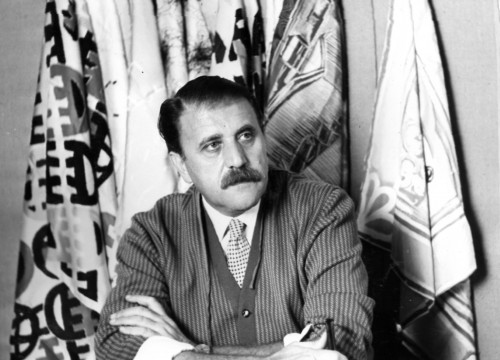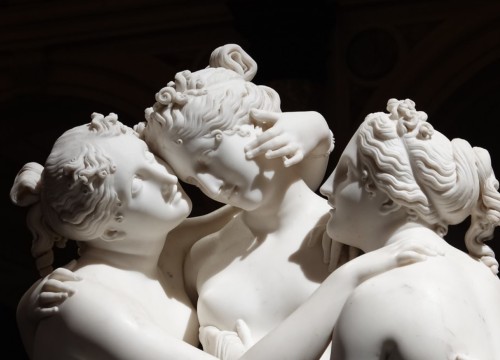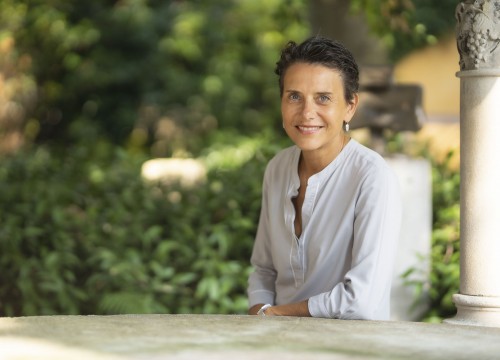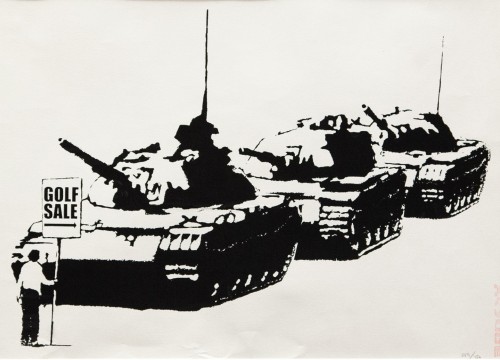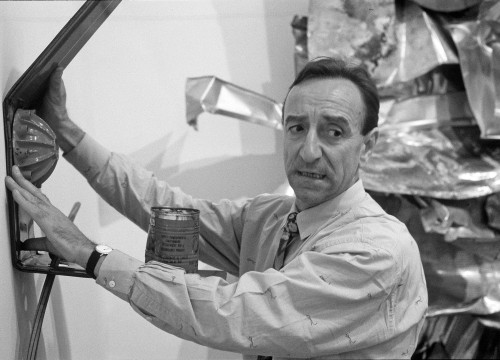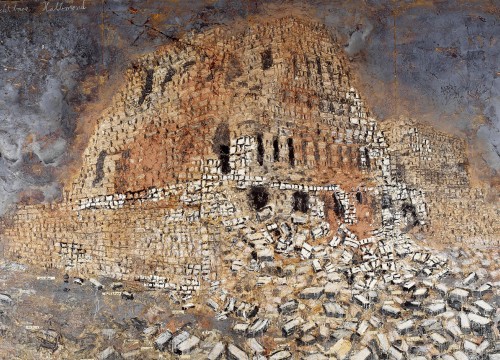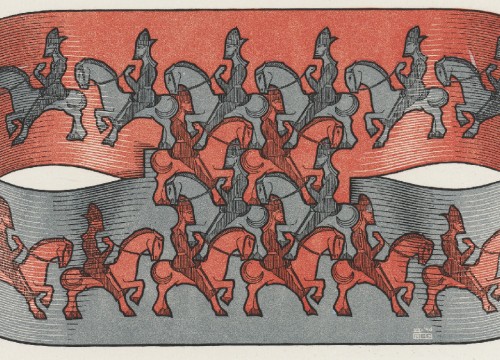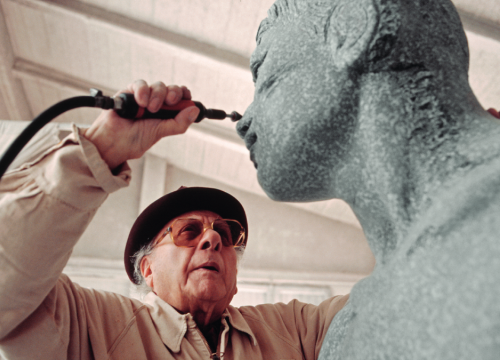A hundred artworks on view from the early 2000s to the last monumental paintings of the Pinault Collection
Martial Raysse is known for his role in the European pop art of the 60s; he is the dandy who represents France at the 33rd La Biennale di Venezia where he wins the David Bright Award. With revolutionary grit, he reinterprets the classics of art history, plays with acid colors to capture consumerism and show the frivolity of an era.
His own radical position will lead him, later, to an immature criticism of the system, guiding him to other sources of inspiration. The Sète exhibition follows the great retrospectives of 2014 (Pompidou, Paris) and 2015 (Palazzo Grassi, Venice) focused on the work evolution from the 60s onwards, with the passages and style breaks that characterize it.
THE RESEARCH LEADS HIM INTO THE MAZE OF HISTORY AND LEADS HIM TO RECLAIM MEDIEVAL TECHNIQUES
After the 70s, he turns his back on international success, denies his history to devote himself to rigorous painting, deliberately classical compositions. He uses tempera to model bodies and faces to illustrate a dense tale of vital significance. This research leads him into the maze of history, leads him to reclaim medieval techniques, inventing a world linked to the earth, terribly human and voluntarily enigmatic.
He says of himself “I am a rustic”, which means rooted in the soil where he lives, where he paints, where life flows, where he feeds the soul of painting and where he touches the emotion. These enigmatic paintings require a long period of observation to appropriate the complexity of the whole, the play of perspectives and the richness of symbols.
In Sète, we discover paintings, drawings, and sculptures from the early 2000s to the last four monumental canvases - two of which belong to the Pinault Collection. A hundred artworks on view with which he intends to demonstrate the ability to reinvent the grande peinture. For this exhibition, Raysse worked until just before the opening event on huge canvases, with the stubbornness of a man who, at the age of 87, is able to direct the forces in a further battle that is epic and is experienced as a challenge at the time and at himself.
“Once, never again”, he wrote in the last painting: is it a matter of concluding a moment lived harshly, or does he allude to something more definitive? Raysse is always enigmatic. The luminous palette, the monumentality, the wise compositional art are reflected in works where the antagonistic currents of the world clash with moments of emotion, of life, of death, of joy, of anxiety.
They tell a weird story, made of unexpected intertwinings between time and place, situations and feelings, history and present, based on cultured references, almost magical, linked to objects, nature, human beings. It thus offers the viewer reflections on the past, on the power of art, on the role of the artist or on the limitations of society. Making the world intelligible with the rightness of form, the emotion of color, and the immensity of the pictorial gesture: here are Raysse’s weapons to keep burning, even in the awareness of being one of the last, the flame of great painting.

